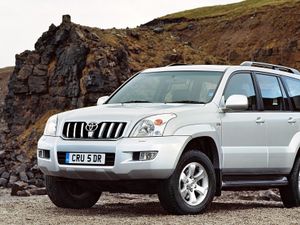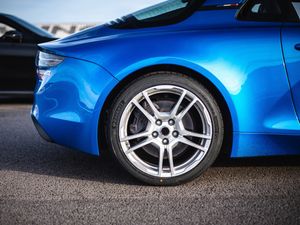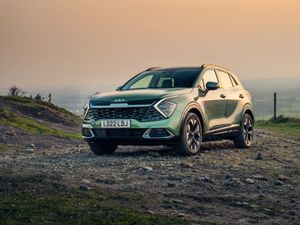The nine best and worst examples of badge engineering
We round up some of the cars that have worn more different badges than any others
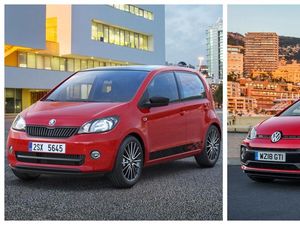
‘Badge engineering’ is a rather flowery term for a practice used by carmakers the world over. It refers to a manufacturer taking another brand’s car and changing little more than a few cursory styling details, the name, colour and trim options, and the badges.
Badge engineering can be a good thing, giving new cars to brands that may not have the money or the resources to engineer their own. It’s not to be confused with platform-sharing, where two or more quite different cars have the same engines and underpinnings. Badge-engineered cars are far closer to each other than that and in many cases are virtually indistinguishable unless you’re in the know.
Sometimes, badge engineering goes way beyond just one or two cars. The most prolific culprit on this list has sold the same car under 12 other badges.
Here’s our round-up of some of the best – and worst – badge engineering jobs past and present.
Volkswagen up!
(aka Skoda Citigo, Seat Mii)
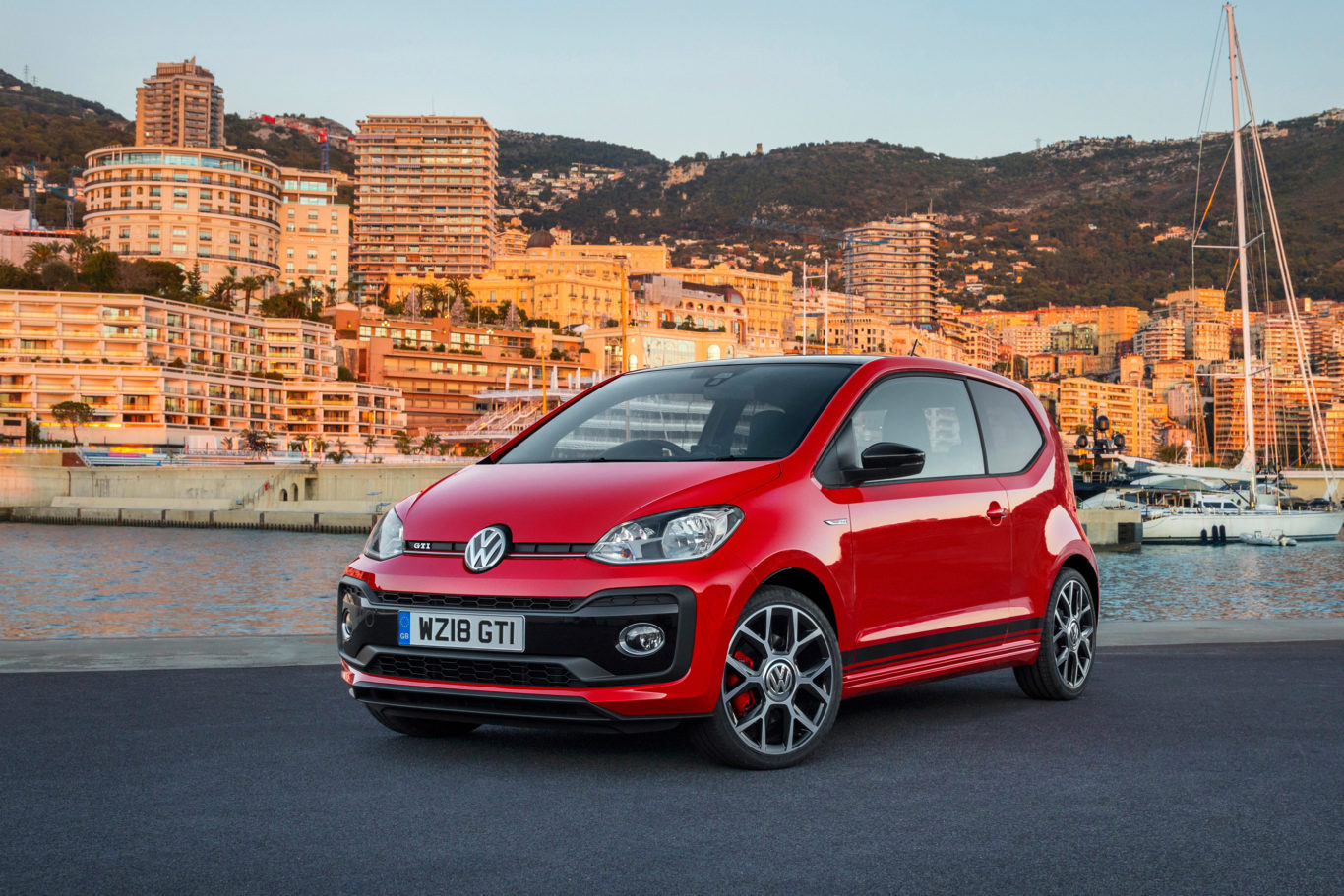
This trio of VW Group city cars is an excellent place to start, because regardless of badge they are great cars. The Volkswagen offers the most variety – with more colour options and two extra engine choices over the Skoda and Seat – but all three cars are good value, fantastic to drive and remarkably spacious for city cars. This is badge engineering done right.
Vauxhall Sintra
(aka Opel Sintra, Oldsmobile Silhouette, Pontiac Montana, Chevrolet Venture)
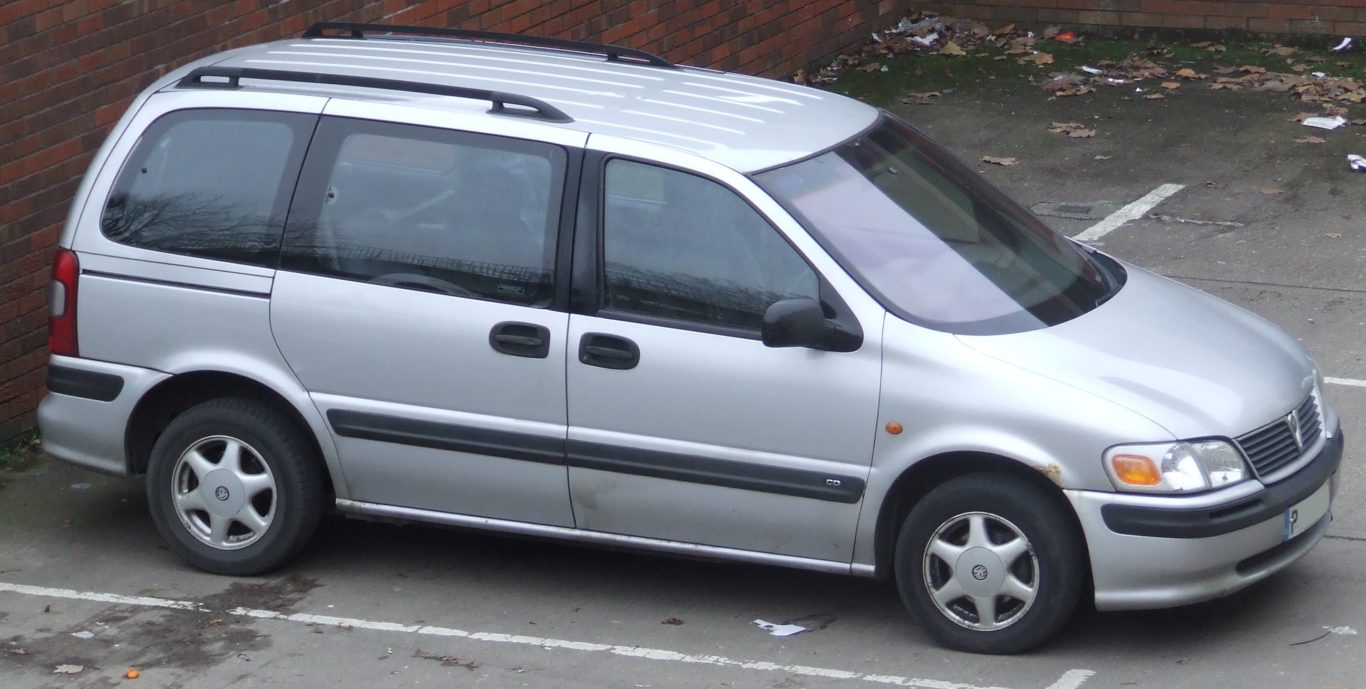
… and here’s how not to do it. A massive American-spec minivan was never going to sell especially well in the UK, and slapping an ugly facelift and Vauxhall badge on the front didn’t help matters. Customers found that the Vauxhall’s terrible interior wasn’t up to European standards, and reliability wasn’t up to scratch either – perhaps a result of cramming Opel engines into an American car. It was also horrifically unsafe in a crash. Definitely one to avoid.
Aston Martin Cygnet
(aka Toyota IQ)
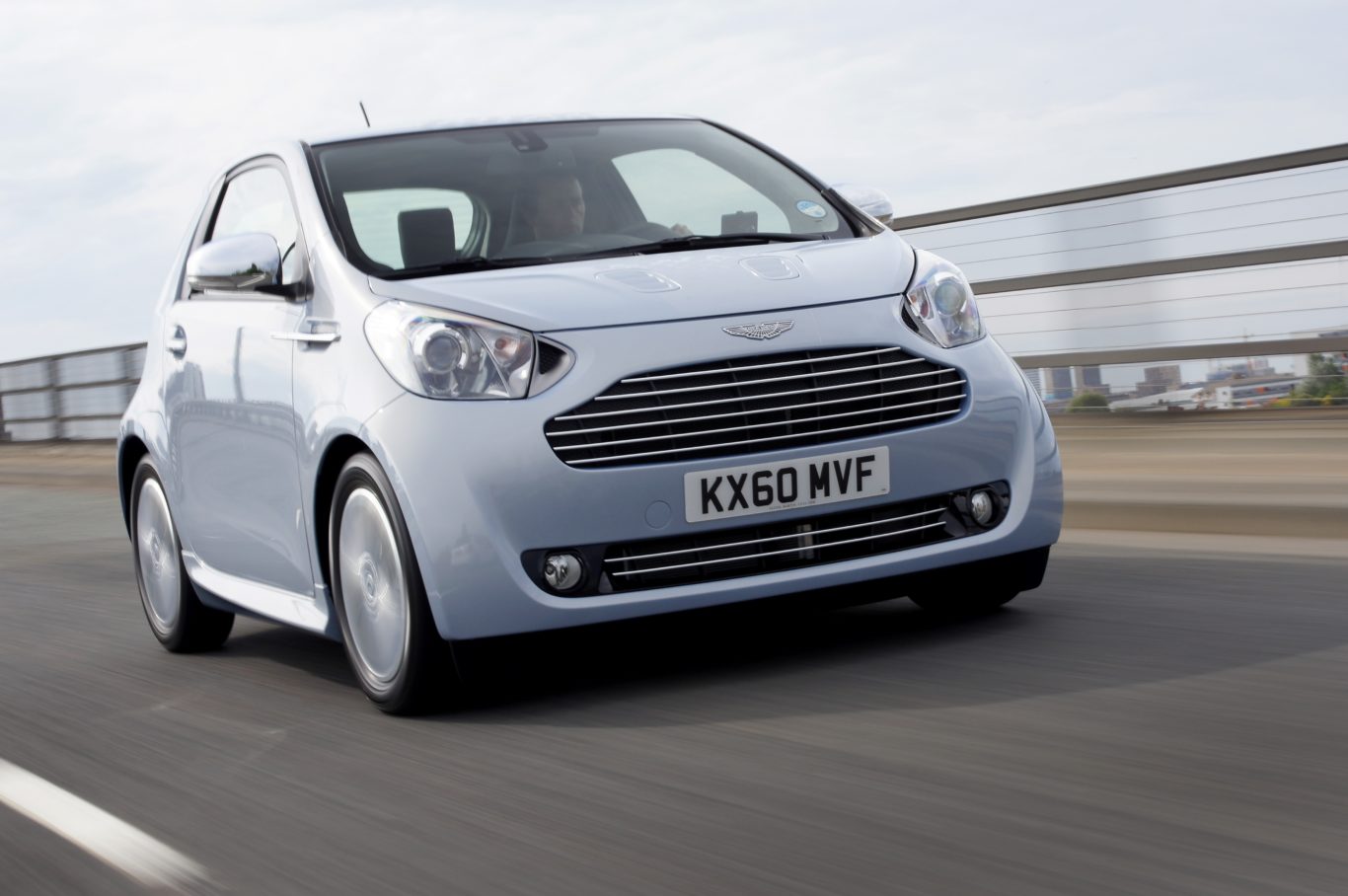
When crushing EU regulations forced Aston Martin to get creative with cutting average CO2 emissions across its range, help came from an unlikely source. Simply by rebadging the Toyota IQ as a luxurious Aston Martin, the EU was kept happy. Potential buyers saw through the reskin though, with the Aston grille an unhappy guest on the Toyota’s nose. Only 786 were sold over three years – far short of the predicted 2,000 units per year.
Renault Trafic
(aka Vauxhall Vivaro, Nissan NV300, Fiat Talento)

The van market is rife with badge engineering – only the Ford Transit has remained untainted. The mid-sized Renault Trafic is an excellent van, though, and offering itself up to multiple manufacturers just means there’s more of this great product on the road. With a range of efficient diesel engines, a car-like drive and good interior, we really rate this van regardless of which badge is on the front.
BMC 1100
(aka Austin, Morris, Wolseley, Riley, Vanden Plas, MG, Innocenti)
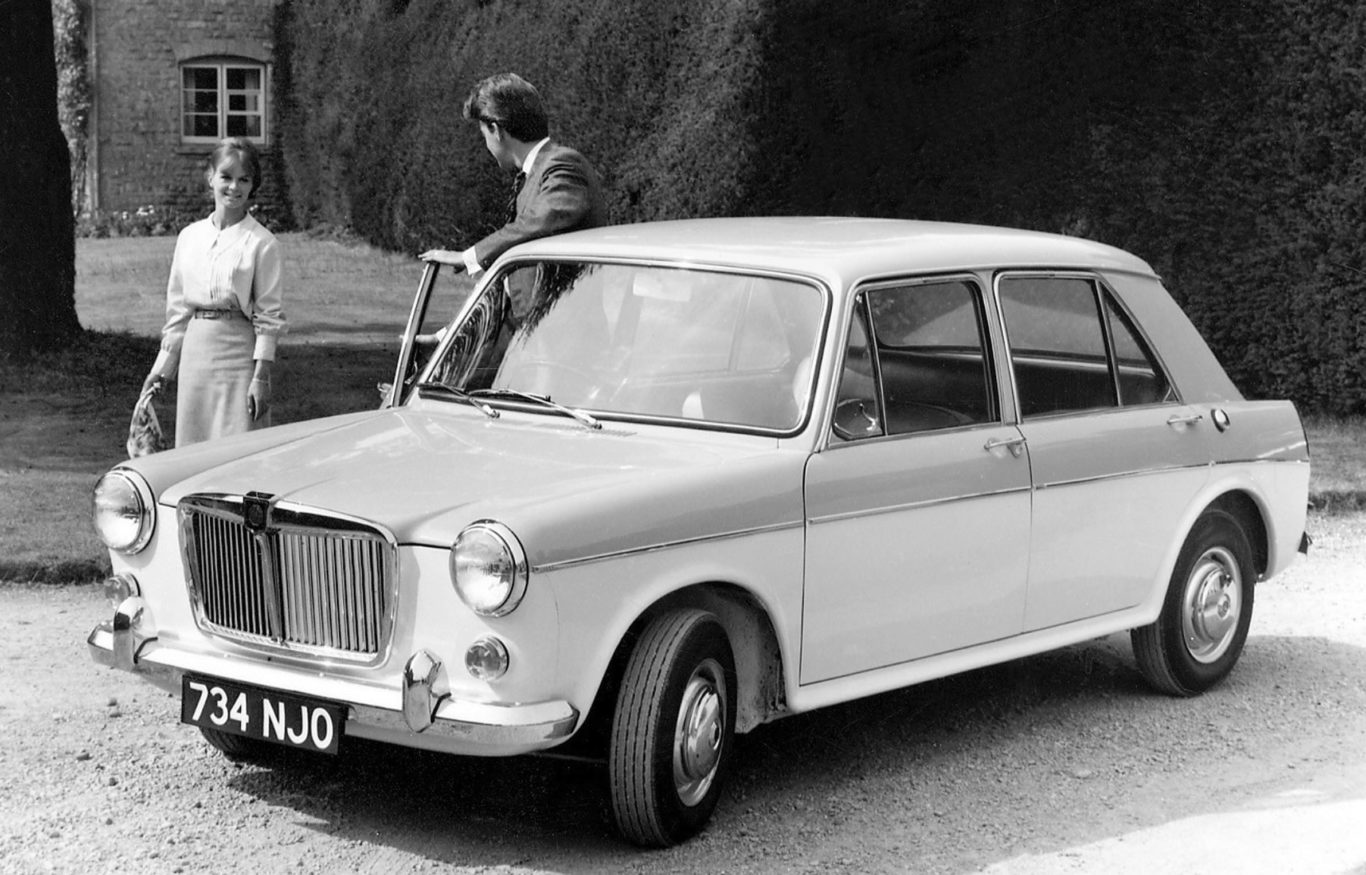
The British Motor Corporation was guilty of plenty of badge engineering in the ’60s, and its offering in the small family car sector – codenamed ADO16 – was sold under seven different brands virtually unchanged. It was quite a good little car, but this much brand confusion was never going to win customers over. It was Britain’s best-selling car for quite a long stretch, though.
Rolls-Royce Silver Shadow
(aka Bentley T-Series)
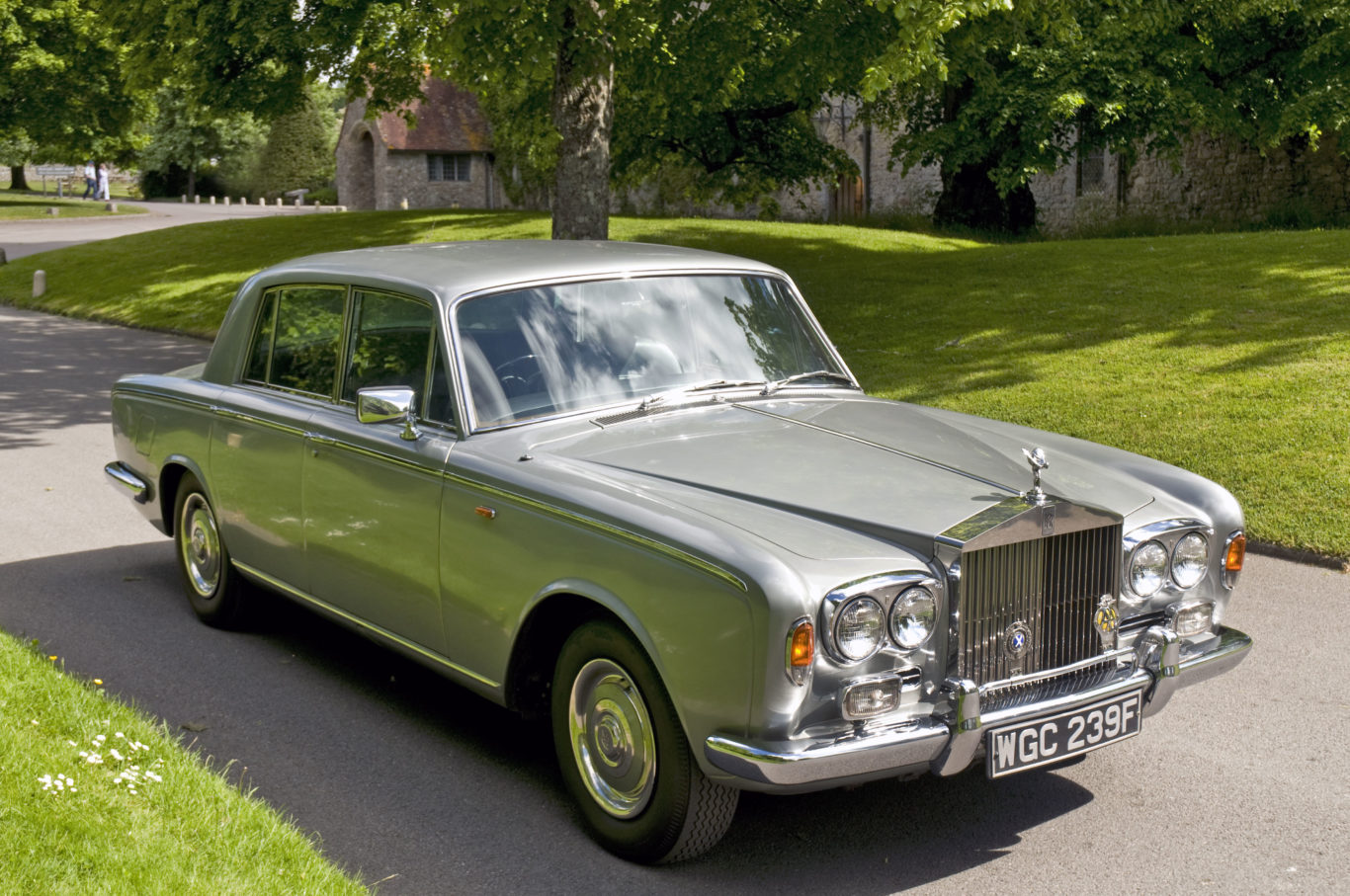
After Rolls-Royce bought Bentley in 1931, the badge engineering came thick and fast, and the Silver Shadow and T-Series were carbon copies of each other. The Bentley was a tiny bit cheaper – around 50 pounds – but the prestigious double-R proved more desirable and outsold the Bentley by more than 10 to one.
Rover CityRover
(aka Tata Indica)
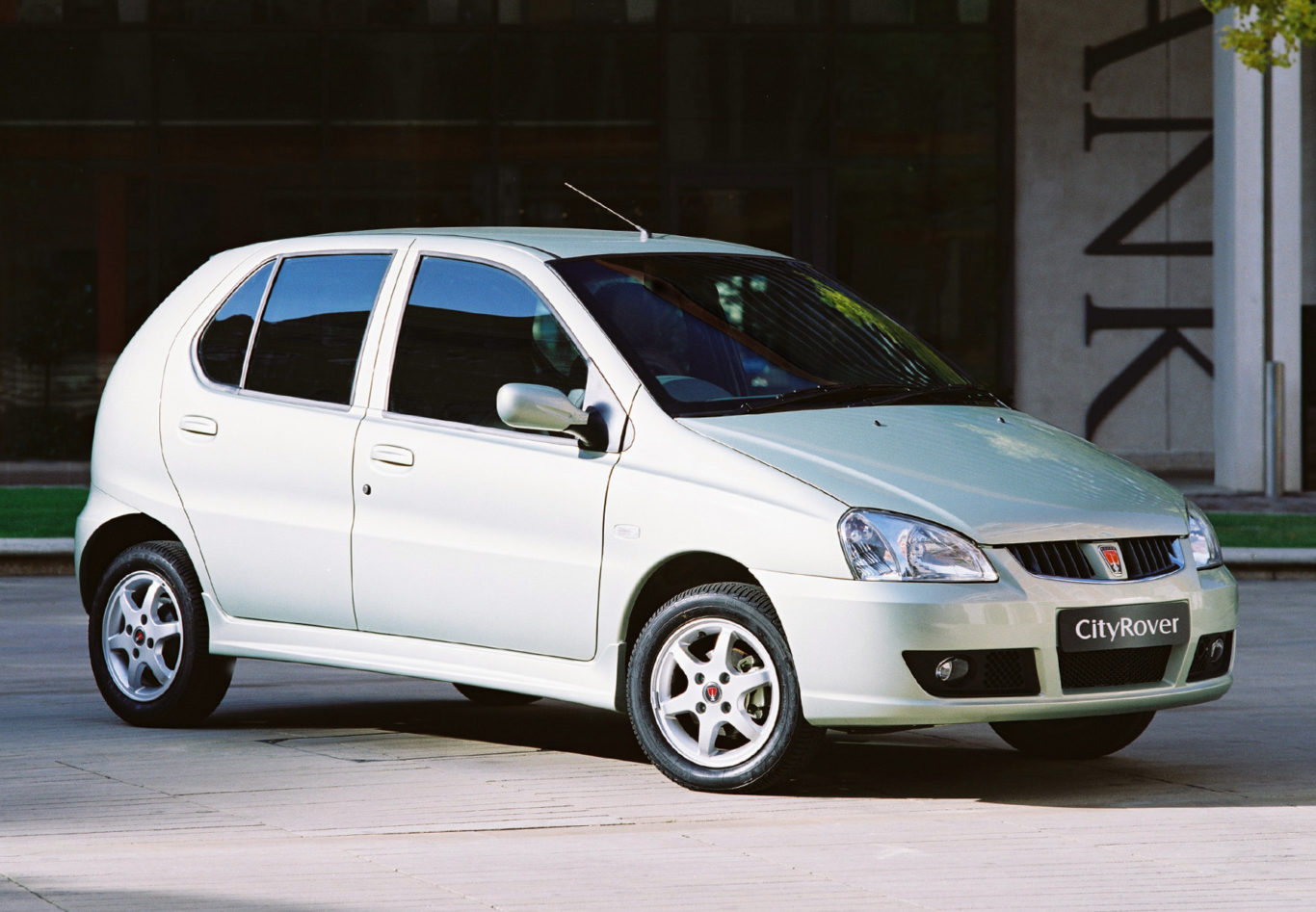
Rover’s fortunes in the early 2000s were definitely on the downturn, and as a last-ditch attempt to fix matters it imported the bargain-basement Tata Indica from India and screwed on some Rover badges. The Indian hatchback proved more suited to Mumbai than Milton Keynes, though, and British buyers were less than enthralled with its thrashy engine and terrible interior.
Holden Monaro
(aka Vauxhall Monaro, Vauxhall VXR8, Pontiac GTO, Pontiac G8, Chevrolet SS, Chevrolet Lumina, Chevrolet Caprice)

Here’s a great example of badge engineering benefiting the consumer. After all, we in the UK would have never received a V8-powered, rear-wheel-drive muscle car badged as a Vauxhall were it not for the brand’s partnership with Holden. The resulting Monaro (later the VXR8) was a brilliantly old-school monster – the closest we could get to a Ford Mustang.
Isuzu Trooper
(aka Acura SLX, Chevrolet Trooper, Isuzu Bighorn, Holden Jackaroo, Holden Monterey, Honda Horizon, HSV Jackaroo, Opel Monterey, Subaru Bighorn, Vauxhall Monterey, SsangYong Korando Family, Isuzu Cariba 442)
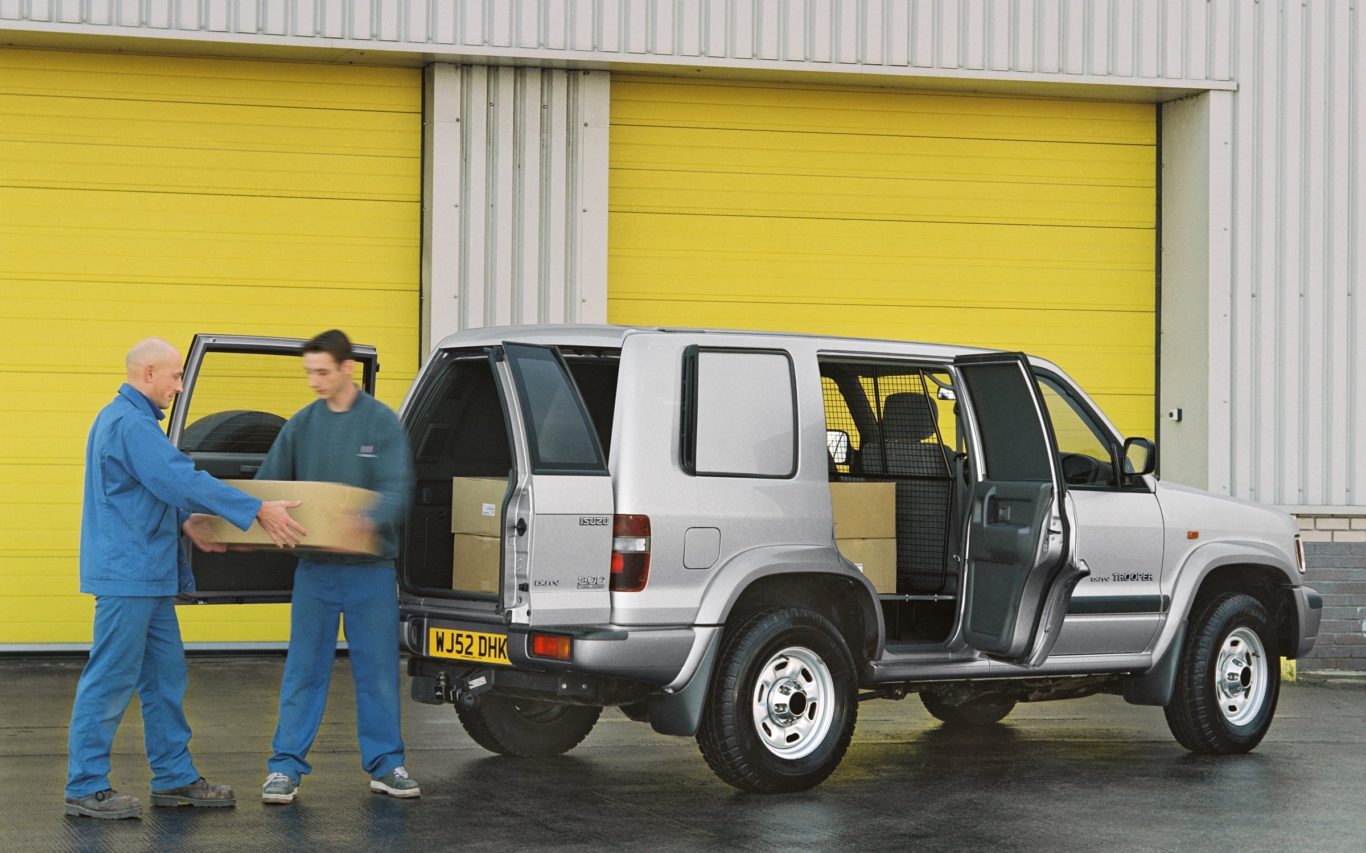
This is it – the most badge-engineered car we can find! The Isuzu Trooper has been sold under 12 other names across its two generations – with different markets receiving different monikers. This massive off-roader was aimed squarely at those in need of rugged, basic transport – more of a rival to the Toyota Land Cruiser than it was to the Range Rover. It lasted 21 years on the market.


